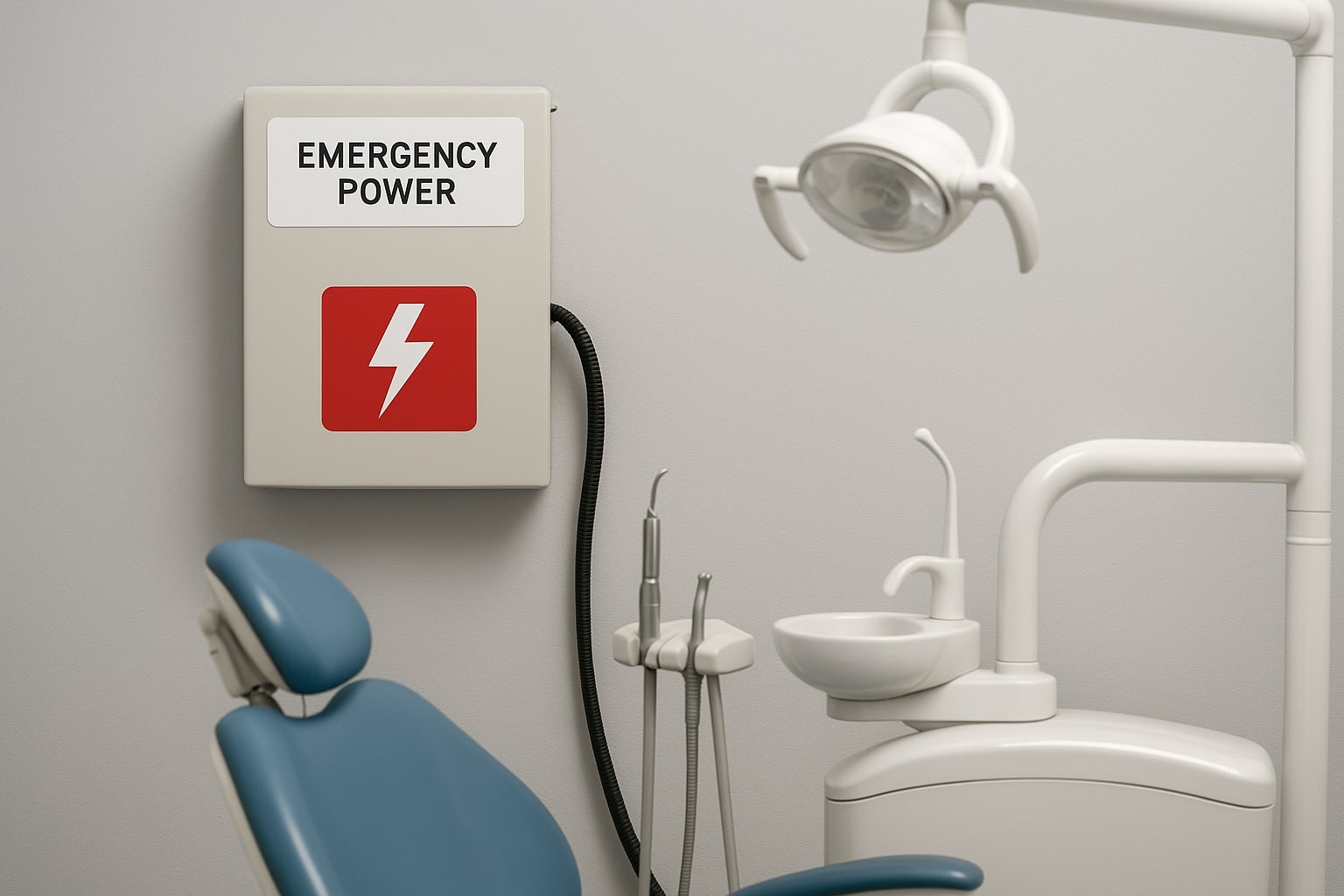The TMJ (temporomandibular joint) connects the jawbone to the skull and is located on both sides of the face. When the jaw joint and the muscles that control its movement experience pain, there is an increased risk of developing TMJ syndrome or temporomandibular joint disorder (TMD).
Both sides of our face have a complex joint that moves horizontally and vertically. In fact, the muscles and jaw on our face move with the help of the TMJ. TMJ syndrome is usually not serious and can often be controlled due to its mild symptoms.
Symptoms of TMJ disorder include:
- Severe pain in the face or neck
- Stiffness in the jaw muscles
- Locking of the jaw and face
- Inability to move the jaw
- Hearing sounds like clicking from the temporomandibular joint area
- Dental problems such as wear and tear
- Teeth grinding (bruxism)
- Tinnitus (ringing in the ears)
- Headaches and dizziness
- Misalignment of the jaw, where the upper and lower teeth do not properly align
How to treat TMJ syndrome?
Initially, it is recommended to start the treatment of TMJ syndrome with home care.
Self-care at home:
- Apply a warm towel to the temple and side of the face for 10 minutes to reduce pain.
- Consume soft foods like mashed potatoes, yogurt, etc.
- Use a mouthguard or night guard.
- Take measures to reduce stress.
- Avoid hard foods and chewing items like raw carrots or gum.
- Refrain from performing triggering movements such as wide jaw opening (yawning).
TMJ treatment:
- When performing jaw stretching exercises as instructed by your doctor, make sure to apply a warm towel to the side of your face for 5 minutes. Doing this several times a day will be very effective in reducing pain.
- To avoid prolonged chewing, eat soft foods like mashed potatoes, yogurt, soup, eggs, cheese, fish, cooked vegetables, and stewed fruit.
- Eating hard foods and chewy items like raw carrots or gum can increase pain in the TMJ.
- Using a mouthguard or night guard ensures that your upper and lower teeth align properly, keeping your jaw in a better position during the night.
- Avoid triggering movements like wide jaw opening (yawning). These require lifestyle changes and eliminating bad behavioral habits.
- Take appropriate measures to reduce stress.

Medication therapy
If you do not improve with home care, you can use pain-relieving medications as prescribed by your doctor.
- Non-steroidal anti-inflammatory drugs (NSAIDs)
- Muscle relaxants
- Antidepressants
- Topical anesthetics
- Corticosteroids
Medical treatments:
- Physical therapy
- Botox
- Thermotherapy
- Cryotherapy
If the pain caused by this condition affects your quality of life, be sure to consult with your doctor or dentist.
Temporomandibular Joint Surgery
In cases where the temporomandibular joint disorder is very severe, surgery is the best and most effective treatment option.
Ways to Prevent TMJ Syndrome:
- Maintaining proper posture for the head, neck, and body.
- Using a night guard if you grind your teeth or have a habit of clenching them.
- Wearing a mouthguard during intense physical activities.
- Practicing relaxation techniques to reduce stress and promote relaxation.
The American Dental Association (ADA) recently recommended that people use toothpaste containing xylitol. Xylitol, a natural sweetener derived from sources such as birch trees and certain fruits, is known for its antibacterial properties. The ADA emphasizes that this substance can help reduce the growth of harmful oral bacteria, prevent tooth decay, and maintain overall oral health.
According to studies, xylitol helps prevent the demineralization of tooth enamel by reducing the amount of acid produced by bacteria and contributes to the balance of oral flora. The ADA suggests that regular use of toothpaste containing xylitol, especially in individuals prone to tooth decay, can play an important role in improving and maintaining oral hygiene. This recommendation is part of the ADA’s efforts to promote oral health and prevent dental diseases in the community.






